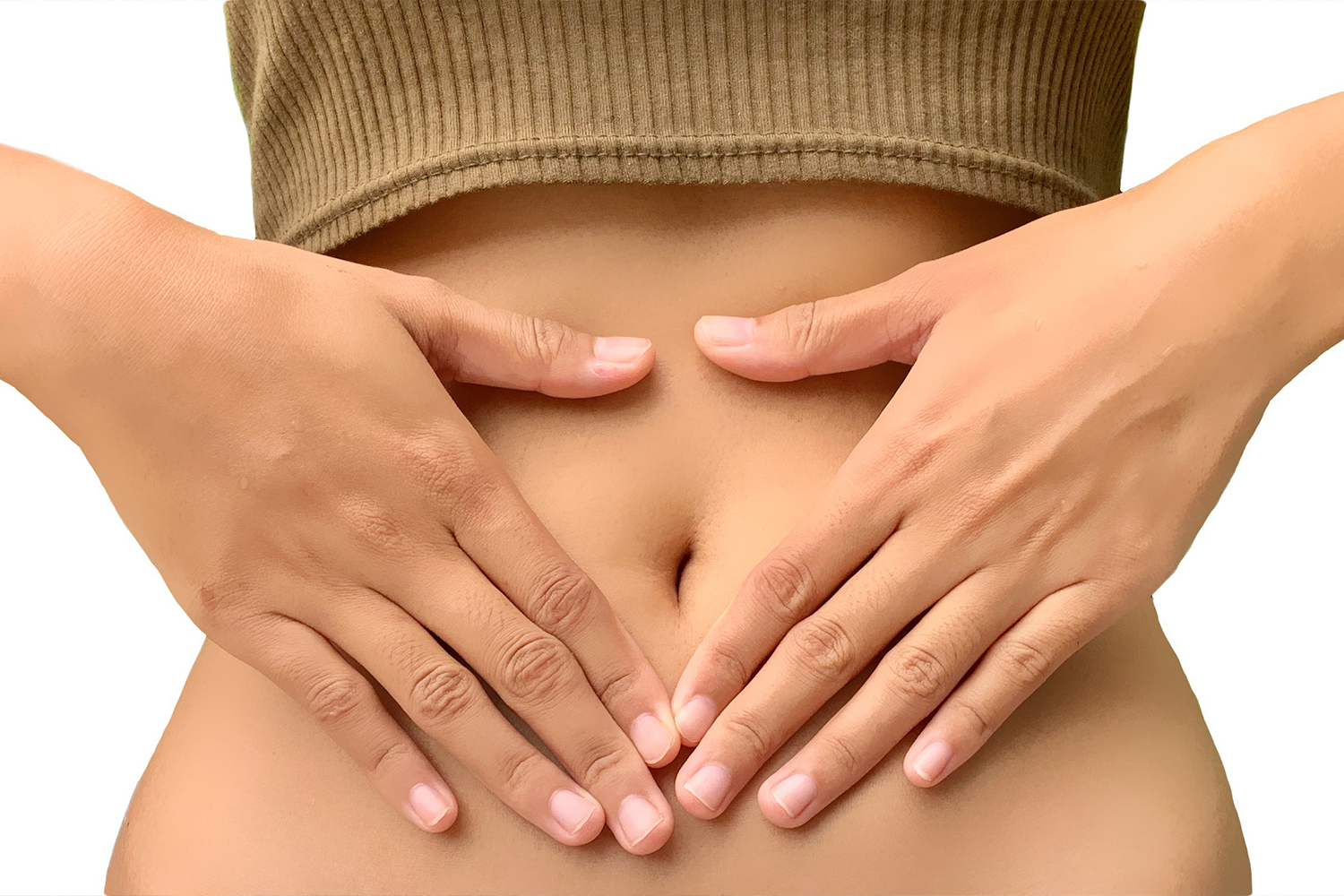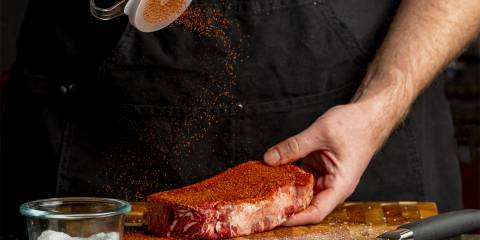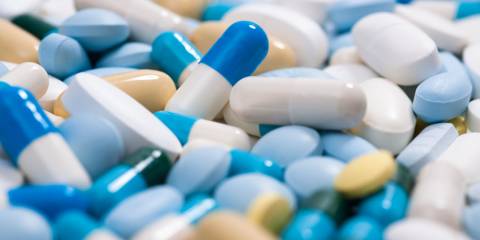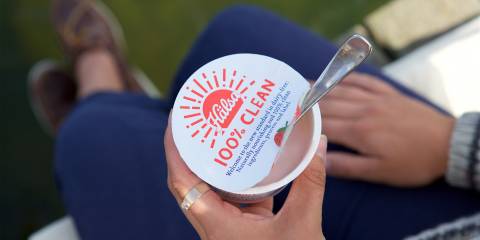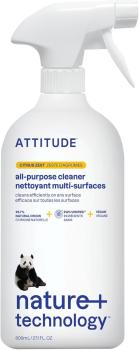In the thousands-of-years-old tradition of Ayurveda, the stomach is viewed as a fire that transforms food into vital essences of life (prana). In Chinese medicine, the digestive system is comprised of the stomach, viewed as a cauldron in which food cooks, and the intestines, a storage vessel in which food ripens in a manner similar to a compost pile, after which nutrients are distributed to every tissue.
Both systems recognize that physical, mental, and emotional well-being are dependent upon the digestive system. If we are depleted nutritionally, we are depleted physically, mentally, and emotionally. It all begins in the gut, which in modern times has been called the “intestinal microbiome.”
The Intestinal Microbiome
The intestinal microbiome is made up of a host of bacteria and fungi. Between 2013 and 2017, nearly 13,000 scientific investigations picked apart various aspects of gastrointestinal health. This work makes direct correlations between the gut and the mind, immunity, obesity, depression, autism, diabetes, cancer, and virtually every other disease that can be named.
The influences of the digestive system are facilitated through complex mechanisms that involve prebiotics, probiotics, fermented foods, toll receptors, dendritic cells, T-cells, anti-inflammatory cytokines, and a host of other physiological processes that underscore the simple premise that we are what we eat, and more specifically, we are what we eat, digest, and assimilate.
The Internal Composting System
Everyone knows the importance of compost in gardening and farming. Proper composting requires larger materials be broken down into smaller particles. The addition of water begins a process of generating trillions of microbes that work to break down organic materials into simpler organic and inorganic compounds that create and sustain life.
The digestive process is the same.
- Chewing breaks down large particles, bathing them in saliva and digestive enzymes to break down carbohydrates.
- The stomach’s hydrochloric acid and digestive enzymes break down proteins and kill potentially pathogenic microbes.
- In the small intestine, those digestive enzymes are mixed with bile from the liver and pancreatic enzymes to break down and transport sugars and fats and dispose of metabolic wastes.
The efficiency of this entire process results in either a healthy or unhealthy intestinal microbiome.
How to Promote a Healthier Gut
Improper chewing, insufficient hydration, insufficient digestive enzymes or bile production, or disruption of the microbiome through excessive consumption of sugar or antibiotics all lead to an unhealthy microbiome.
An unhealthy microbiome results in gas, indigestion, and abdominal bloating.
Luckily, traditional healthcare systems, and now modern research, provide an abundance of strategies for optimizing digestive processes and nurturing a healthy internal composting system.
Integrating these strategies into our lives can help us reap the myriad of health benefits that come with a healthy intestinal microbiome.
-
Probiotics
A healthy gut requires an abundance of living microorganisms called probiotics for breaking down foods and transforming them into usable fuel and micronutrients. Many probiotic supplements exist, and a considerable amount of research reports on their efficacy in improving gastrointestinal issues, including diarrhea, ulcerative colitis, and irritable bowel syndrome as well as other conditions, including hay fever and periodontal disease.
-
Prebiotics
Prebiotics are precursors to probiotics and feed the microbes stimulating the body’s own production of probiotics.
Fermented foods similarly initiate the process of generating healthy microbes and are an integral part of most cultural diets, even in the United States (pickles and apple cider vinegar). While fermented foods have reached fad status, only small but regular amounts of these are needed to help generate healthy microbes (think pickled ginger at an Asian restaurant and kimchi or sauerkraut).
Prebiotics mostly occur as undigestible fibers from complex carbohydrates and are high in foods such as Jerusalem artichoke and onion (inulin), medicinal mushrooms, oats, and barley (beta glucans), fruits and berries (pectin), and a host of others available through the diet or through supplementation.
-
Ayurvedic Herbs
Herbals also promote a healthy digestive tract, including three Ayurvedic formulas.
-
Trikatu
Trikatu, made up of black pepper, long pepper, and ginger root, stimulates stomach secretions to more efficiently break down food particles and proteins.
-
Hinga Shtak
Hinga Shtak helps allay gas, indigestion, and abdominal bloating and is specific for candida overgrowth.
-
Triphala
Triphala, itself a prebiotic, is the most widely used herbal formula in Ayurveda for supporting overall digestive health.
-
-
Herbal Bitters
Additionally, herbal bitters stimulate the production and release of bile and digestive enzymes into the small intestine. Teas of ginger root or the combination of cumin, coriander, and fennel cultivate a healthy intestinal microbiome.
